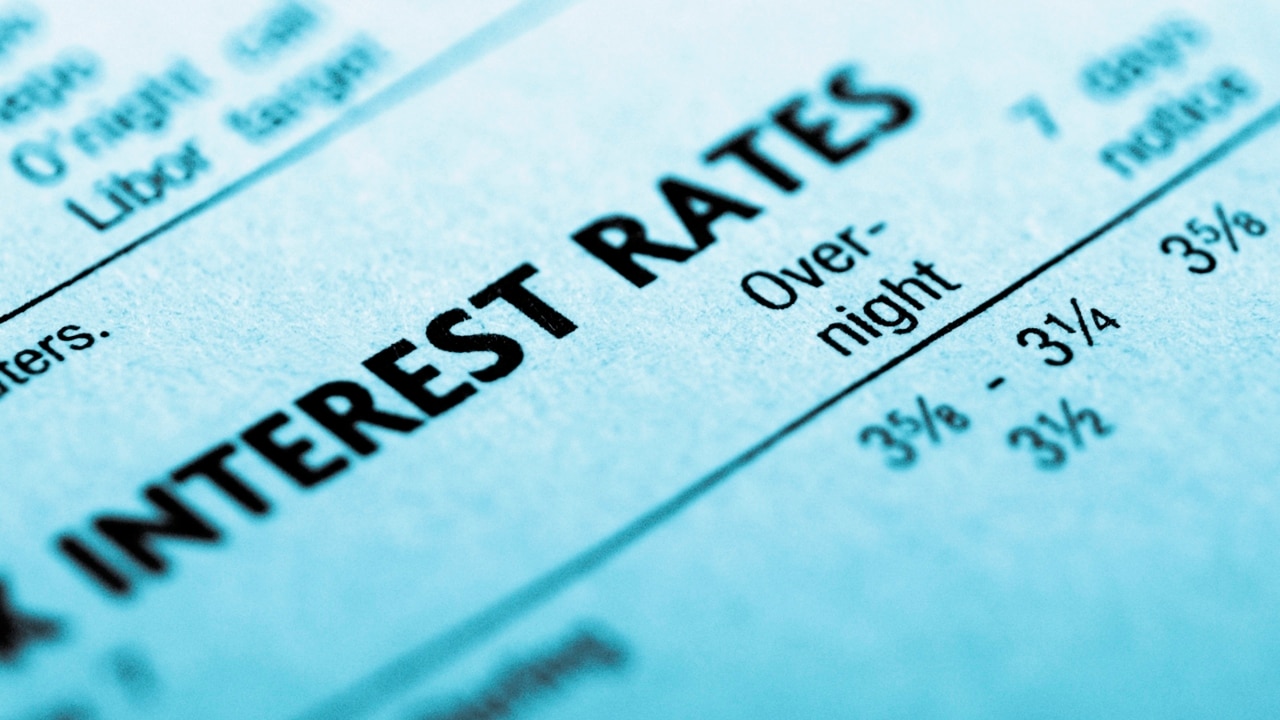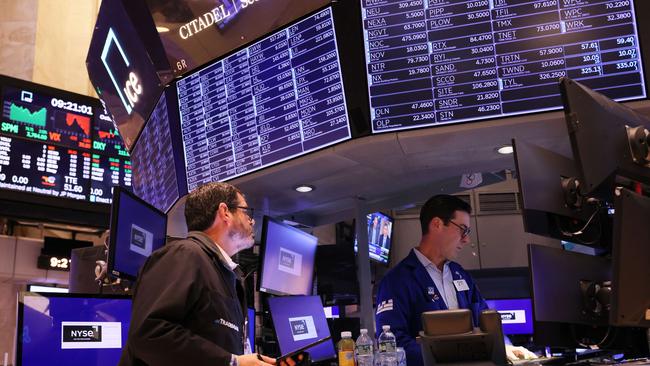Investors may be underestimating the risk of another US rate hike
Market pricing now implies only about a 26 per cent chance of a rate hike by the Fed this week but many investors may be underestimating the risk.

Investors may be underestimating the risk of another US rate hike this week.
Fed officials have strongly indicated their desire to “skip” a rate hike this month to assess the impact of their aggressive 500 basis point increase since March 2022.
After relatively dovish guidance since the last FOMC meeting – the statement left open the question of whether further tightening will be needed to get inflation back to 2 per cent – market pricing now implies only about a 26 per cent chance of a rate hike, according to CME.
It’s a relatively low chance given that US CPI data on Tuesday could tip the balance, and last month’s risks around the debt ceiling and regional banking crisis – which increased the case for a pause in US rate hikes for financial stability and economic reasons – have mostly abated.
Combined with a rebound in real disposable income and some signs of stabilisation in the housing market, fading risks from the debt ceiling and regional banking crisis saw Goldman Sachs cut its US recession probability from 35 per cent to 25 per cent. At the same time, US economic figures have been surprisingly positively since mid-May, according to Citi’s economic surprise index, with core PCE inflation and jobs data notably stronger than expected.
The RBA and the Bank of Canada unexpectedly hiked last week after pausing earlier this year. The Canadian central bank noted that underlying inflation remains “stubbornly high” globally.
“While growth is softening in the face of higher interest rates, major central banks are signalling that interest rates may have to rise further to restore price stability, it said. The US economy was “slowing” but consumer spending “remains surprisingly resilient”.
Even though financial markets were relieved by a slightly smaller than expected rise in US average hourly earnings and unemployment last month, the BoC said the US labour market was “still tight”.
Europe has “stalled” but “upward pressure on core prices is persisting”, it added.
The ECB is widely expected to hike rates by another 25 basis points after its meeting on Thursday even though the euro area entered a technical recession in the six months to March.
Some 84 of 90 economists surveyed expect the Fed to keep rates steady this week.

But with some Fed officials preferring to “skip” a rate hike, rather than put US monetary policy on “pause”, the market-implied chance of a hike in July is about 53 per cent.
It’s similar to the “pause now, hike later” expectations that prevailed before the RBA and BoC unexpectedly hiked rates last week. Those surprises didn’t cause much weakness in shares because of Wall Street resilience amid another burst of AI-related optimism. Tesla rose 25 per cent in the past two weeks and 39 per cent in four weeks.
Tesla was flagged by Ark Fund’s Cathie Wood last week as “the biggest AI play out there”.
But a Fed rate hike could have a bigger impact on market sentiment, particularly if the FOMC also uses its “dot plot” to signal that rates need to be higher for longer than previously expected.
BofA doesn’t expect the Fed to hike rates this week but looks for the median FOMC member to forecast one additional 25bps rate hike by year-end, for a terminal target range of 5.25-5.5 per cent.
“In addition, we think the median forecast for year-end 2024 will rise by 37.5bps to 4.5-4.75 per cent, signalling increased willingness to maintain a ‘higher-for-longer’ policy stance to bring inflation down with greater confidence,” said BofA’s chief investment strategist, Michael Hartnett.
But if the Fed does pause this week, it could “serve as the perfect book end to this bear market rally”, according to Morgan Stanley chief investment officer, Michael Wilson.
The FOMC statement, economic projections and Jerome Powell’s press conference, due early Thursday Australian time, “could serve as an important turning point for price momentum”.
Market sentiment and positioning are now “180 degrees” from where they were in January, so stocks are “no longer set up for the disappointment we think is coming in the form of much weaker than expected earnings this year”, according to Morgan Stanley’s Wilson.
“We think that moment of recognition will come either gradually as companies disappoint and guide lower over the next few quarters or it will come abruptly due to some exogenous event that challenges the consensus thinking on growth,” he said.
“In that latter case, the equity risk premium is likely to spike rapidly, price-to-earnings ratios are likely to fall precipitously and we make our durable price low before estimates fall in earnest.
“We suspect the weaker liquidity backdrop could exacerbate that move should we get it.”
In regards to the artificial intelligence craze that accounts for nearly all of the 11 per cent rise in the S&P 500 this year, Goldman Sachs said: “Further upside exists to the broader S&P 500 index if investors price some potential productivity and profit boost from generative AI adoption.”
The US bank estimates that widespread adoption of AI could boost productivity growth by 1.5 percentage points annually over a 10-year period.
“However, we caution that the timing and ability of firms to generate incremental profits from AI is uncertain, and therefore think that the potential benefits from AI are unlikely to be fully priced by investors in the near term,” GS analysts said in a report.
“We also see potential limits on S&P 500 index upside from policy responses to AI that could constrain the ability of companies to generate additional profits, near-term economic growth dynamics, and euphoric growth expectations that history suggests ultimately may not be realised.
“Indeed, during the Dotcom boom, many of the fastest-growing companies were unable to meet optimistic investor expectations, leading to a collapse in valuations.”







To join the conversation, please log in. Don't have an account? Register
Join the conversation, you are commenting as Logout